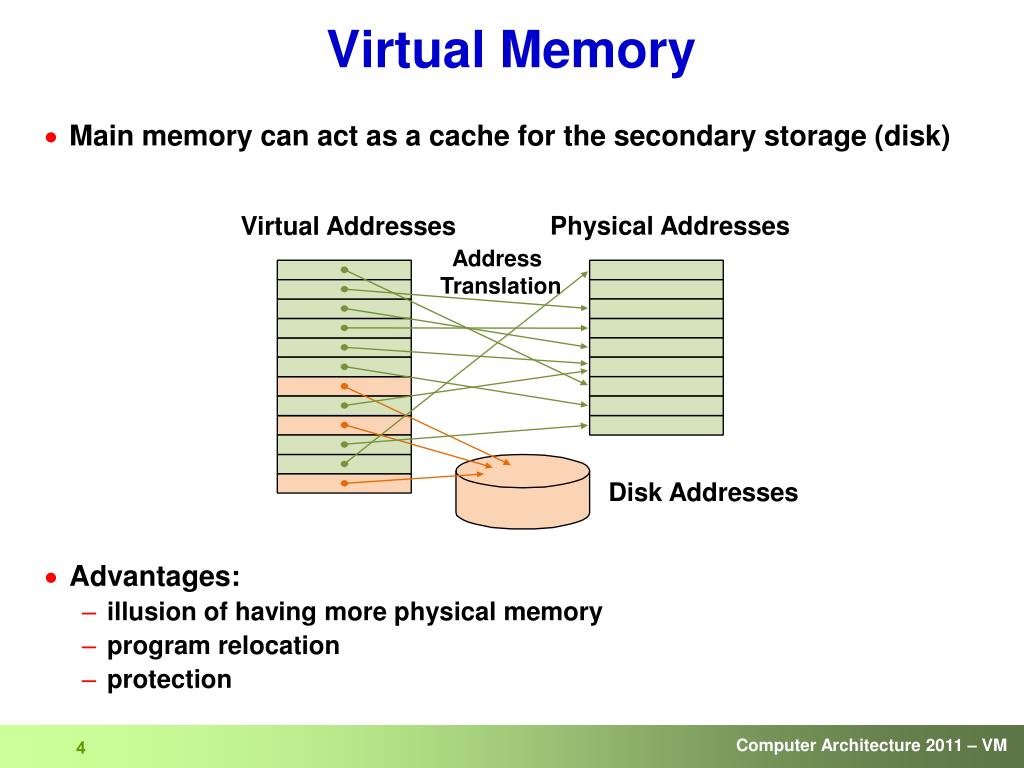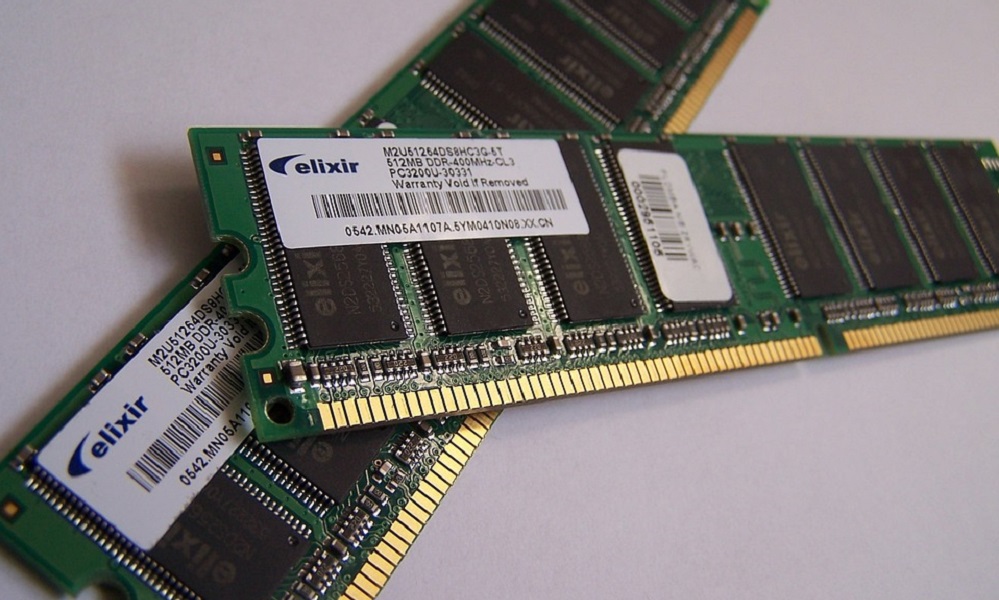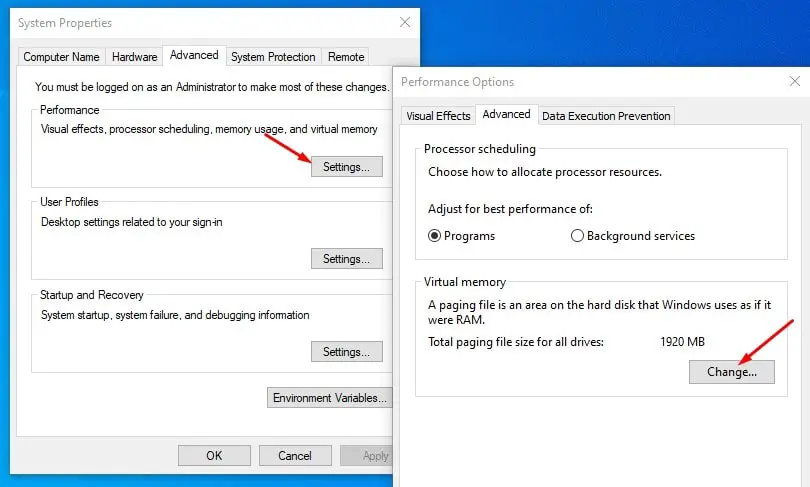
For instance, when you launch Facebook and move to Twitter later, Facebook is stored in your phone’s RAM, but it doesn’t refresh in the background. Apps like Facebook, Twitter, and Reddit use clean pages and tend to remain static when placed in the background. This sounds complicated, but it’s easier to understand through some real-life examples.
VIRTUAL MEMORY ANDROID
Android can get rid of clean pages when they do not need access to resources, freeing up space in RAM. An unmodified copy is static data that doesn’t change, while a modified copy is dynamic data that changes every moment. Clean pages have an unmodified copy of data saved in the storage, while dirty pages keep a modified copy. Pages are defined into two types - “clean pages” and “dirty pages”. Recent apps window showing used and empty RAM. If you haven’t noticed yet, the picture below will help. In Android, you see this information under the recent apps.
VIRTUAL MEMORY FREE
The amount of used RAM is determined by the number of free or actively used pages. In paging, RAM is broken into small pieces called “pages,” which are mostly around 4KB each. This is done to allow space on your RAM for the app or apps running in the foreground.Īndroid uses a process called paging for memory management.

But, to completely understand the workings of Virtual RAM, we must first understand how memory management on Android works.Īn Android device is equipped with three kinds of memory - RAM (LPDDR4, LPDDR4x), internal storage (eMMC or UFS), and zRAM, the latter of which is basically a partition inside your RAM that stores low-priority compressed data running in the background. How does Virtual RAM work? The simple answer is it allocates a certain amount of space from your main storage - so 4GB, 6GB, etc. So technically, more RAM enables you to have a higher number of apps in the background and reopen them quickly with minimum lag or delay. Whenever you open an app, it’s stored in RAM, allowing it to be quickly accessed. Realmeīy doing this, RAM allows you to load apps as quickly as possible.

Basically, while internal storage stores data like images and videos, RAM remembers which apps you have open, and what you were doing the last time you had them open. RAM is a lot faster than eMMC or UFS 3.1 storage used for prolonged storage. This is unlike your internal storage, where data is stored permanently. For those unaware, RAM (or Random Access Memory) is a high-speed storage component in charge of remembering your data on a temporary basis. The term Virtual RAM refers to RAM that isn’t physically present on your device (like normal RAM is), but comes into use when required. Why are we seeing the Virtual RAM features on phones now?.Is Virtual RAM beneficial for your phone?.

Processing performance can be improved by increasing the size of the RAM, thereby reducing the need for virtual memory. As secondary storage devices have slower access times than RAM, the computer's processing performance can be severely impaired. Using virtual memory makes a computer run slower, as the processor has to wait while data is swapped between hard disk and RAM. When the data on the hard disk is needed again, any other unused data is transferred to the hard disk before the original data is transferred back to RAM. This frees up room in RAM for other programs and data. Virtual memory enables data that is in RAM and not currently being used to be transferred to the hard disk. When this happens, part of the computer's secondary storage, such as the hard disk, can be used to store data temporarily. There are times when the amount of RAM needed to hold all running programs and data is greater than the amount of RAM available to the computer. Virtual memory is used when the computer has no more available random access memory (RAM).


 0 kommentar(er)
0 kommentar(er)
